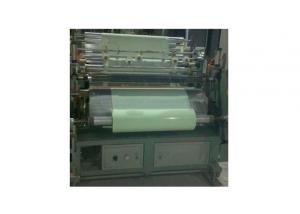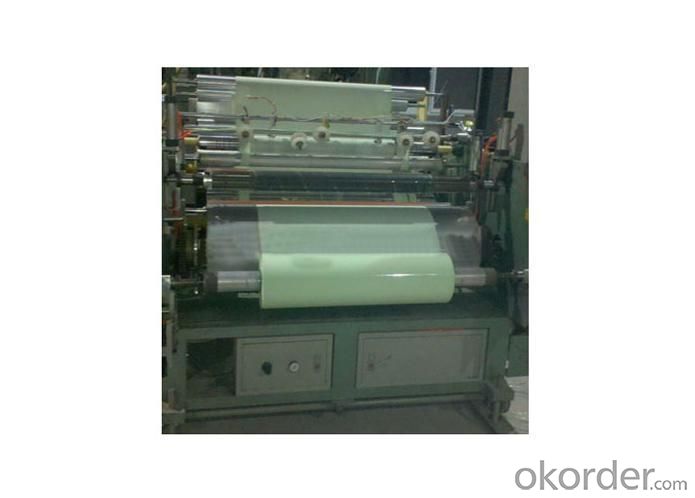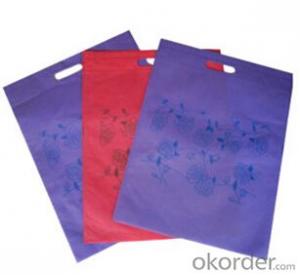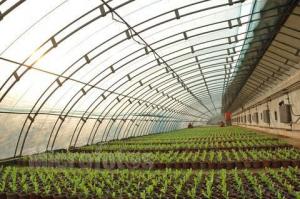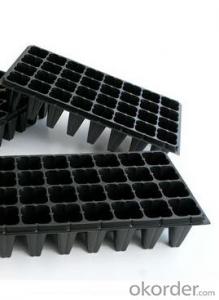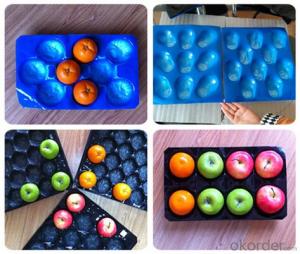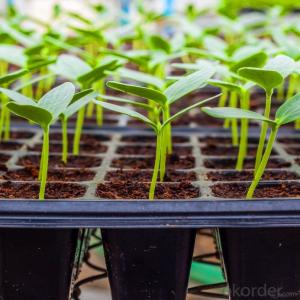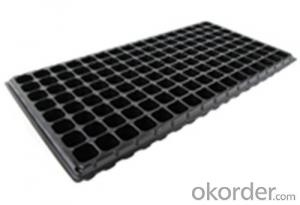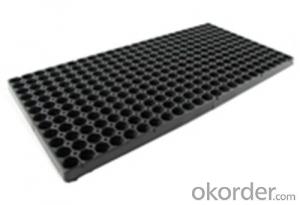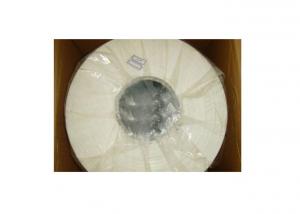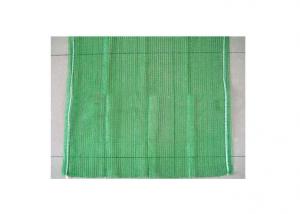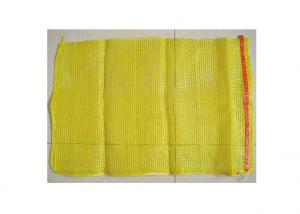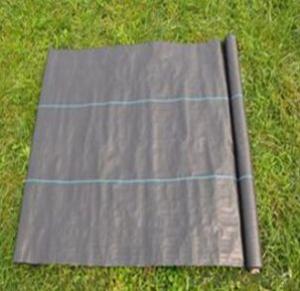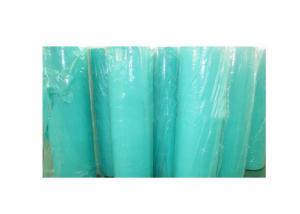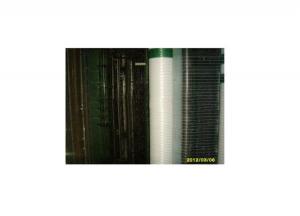Agriculture Silage Hay Film Plastic Bale Wrap
- Loading Port:
- China Main Port
- Payment Terms:
- TT or LC
- Min Order Qty:
- 100 Rolls roll
- Supply Capability:
- 5000 Rolls per Month roll/month
OKorder Service Pledge
Quality Product, Order Online Tracking, Timely Delivery
OKorder Financial Service
Credit Rating, Credit Services, Credit Purchasing
You Might Also Like
Detailed Product Description
3-layers casting film,Against U.V. not less than 12 months,Excellent adherence properties and holding power and stretch ability
Description
We are experienced producers of the silage wrap in China. Quality is our first guarantee. Our POWER Silage Wrap works easily and wraps securely to protect through the hottest summer and coldest winter for at least twelve months. You can rest assured you silage will be kept safe, without waste.
Features
- U.V. Abibilty not less than 12 month.
- High density water resistant core
- High Tear resistant
- Exceptional strength, memory and tack migration
- 3-layers casting film
- Well-packaged for roll protection
- Cartons--can do custom made
Products Series
|
Product No. |
Color |
Size |
Weight/Roll |
Rolls/Pallet |
Loading(Rolls) | |
|
20 feet |
40 feet | |||||
|
CHIN W500 |
White |
25mic*500mm*1800m |
22.0kg |
56 |
560 |
1100 |
|
CHIN W750 |
White |
25mic*750mm*1500m |
28.0kg |
50 |
500 |
900 |
|
CHIN G500 |
Green |
25mic*500mm*1800m |
22.0kg |
56 |
560 |
1100 |
|
CHIN G750 |
Green |
25mic*750mm*1500m |
28.0kg |
50 |
500 |
900 |
|
CHIN B500 |
Black |
25mic*500mm*1800m |
22.0kg |
56 |
560 |
1100 |
|
CHIN B750 |
Black |
25mic*750mm*1500m |
28.0kg |
50 |
500 |
900 |
- Q: High strength rubber repairing agent
- The operation time, generally require the hole position Polish cleaning after the rubber putty filled in the damaged parts, and then use the scraper scraping smooth, repair parts and guarantee the smoothness can be part of the belt.
- Q: How does agricultural plastic affect crop quality grading?
- Agricultural plastic can have both positive and negative effects on crop quality grading. On one hand, plastic mulch can enhance crop productivity and quality by controlling weed growth, conserving moisture, and preventing soil erosion. This can result in higher crop yields and improved grading scores. On the other hand, if plastic waste is not properly managed and disposed of, it can contaminate the field and affect crop quality. Plastic fragments or residues left behind can lead to lower grading scores, especially if they are visually detectable or affect the taste or texture of the crop. Therefore, it is crucial to use and dispose of agricultural plastic responsibly to minimize its negative impact on crop quality grading.
- Q: What are the different types of agricultural plastic?
- There are several types of agricultural plastic used in farming practices, including mulch film, greenhouse film, silage wrap, irrigation tubing, and netting.
- Q: Can nursery trays be used for starting succulent arrangements?
- Yes, nursery trays can be used for starting succulent arrangements. These trays provide a convenient and organized space for succulent propagation. They typically have multiple compartments, allowing you to separate different succulent varieties. Additionally, nursery trays often have drainage holes that help prevent overwatering and root rot, which is crucial for succulent growth.
- Q: Can ground cover be used to create a natural-looking pathway?
- Yes, ground cover can definitely be used to create a natural-looking pathway. By planting low-growing plants or using materials like gravel or wood chips, ground cover can blend in with the surrounding landscape and create an organic and aesthetically pleasing pathway.
- Q: How many nursery trays do commercial nurseries use?
- The number of nursery trays used by commercial nurseries varies depending on their size, production capacity, and specific needs. Some smaller nurseries may use a few hundred trays, while larger operations can use thousands or even tens of thousands of trays.
- Q: How does ground cover affect the growth of nearby shrubs?
- Ground cover can have both positive and negative effects on the growth of nearby shrubs. On one hand, a thick and dense ground cover can compete with shrubs for nutrients, water, and sunlight, potentially limiting their growth. However, certain ground covers can also provide beneficial effects, such as reducing soil erosion, improving soil fertility, and creating a microclimate that protects shrubs from extreme temperatures. Ultimately, the specific type of ground cover and its management play a crucial role in determining the overall impact on the growth of nearby shrubs.
- Q: How do you prevent damping off in nursery tray seedlings?
- To prevent damping off in nursery tray seedlings, it is important to ensure proper hygiene and sanitation practices. This includes using clean trays, sterilized soil, and disinfected tools. Proper watering techniques should be followed, such as avoiding overwatering and ensuring good drainage. Providing adequate air circulation and avoiding overcrowding of seedlings can also help prevent damping off. Additionally, using natural fungicides or biocontrol agents can aid in preventing the growth of damping-off pathogens.
- Q: What are some ground cover options for a modern rooftop garden?
- Some ground cover options for a modern rooftop garden include sedums, moss, creeping thyme, ornamental grasses, and low-growing succulents.
- Q: What types of ground cover are best for rock gardens?
- Some of the best types of ground cover for rock gardens include creeping thyme, sedum, creeping phlox, and moss. These low-growing plants are hardy, drought-tolerant, and provide a beautiful and natural-looking carpet of foliage that complements the rocks and enhances the overall aesthetic of the garden.
With a wide range, good quality, reasonable prices and stylish designs, our products are extensively used in packaging and animal/livestock husbandry industries.
Our products are widely recognized and trusted by users in Northern Europe, New Zealand, Australia, and so on. Our company can meet continuously developing economic and social needs. We welcome new and old customers from all walks of life to contact us for future business relationships and achieving mutual success!
.
1. Manufacturer Overview
| Location | Shandong,China (Mainland) |
| Year Established | 2010 |
| Annual Output Value | US$5 Million - US$10 Million |
| Main Markets | North America South America Eastern Europe Oceania Eastern Asia Western Europe Central America Northern Europe Southern Europe |
| Company Certifications | ISO 9001:2000 |
2. Manufacturer Certificates
| a) Certification Name | |
| Range | |
| Reference | |
| Validity Period |
3. Manufacturer Capability
| a) Trade Capacity | |
| Nearest Port | QINGDAO,SHANGHAI,TIANJIN |
| Export Percentage | 81% - 90% |
| No.of Employees in Trade Department | 3-5 People |
| Language Spoken: | English, Chinese |
| b) Factory Information | |
| Factory Size: | 3,000-5,000 square meters |
| No. of Production Lines | 5 |
| Contract Manufacturing | OEM Service Offered Design Service Offered Buyer Label Offered |
| Product Price Range | Average |
Send your message to us
Agriculture Silage Hay Film Plastic Bale Wrap
- Loading Port:
- China Main Port
- Payment Terms:
- TT or LC
- Min Order Qty:
- 100 Rolls roll
- Supply Capability:
- 5000 Rolls per Month roll/month
OKorder Service Pledge
Quality Product, Order Online Tracking, Timely Delivery
OKorder Financial Service
Credit Rating, Credit Services, Credit Purchasing
Similar products
Hot products
Hot Searches
Related keywords
